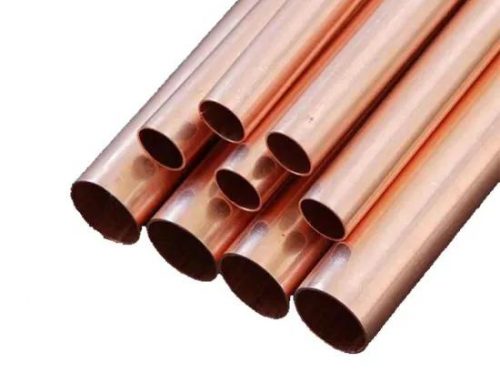In 2025, the price of copper will rise to USD 15,000/ton (approximately RMB 100,000/ton)

The Goldman Sachs research report stated that the 2020-2030 will be the decade with the highest growth in global copper demand in history.
Goldman Sachs said the key role copper will play in achieving the Paris climate goals should not be underestimated. If there is no major progress in carbon capture and storage technology in the next few years, then the realization of net zero emissions will only rely on emission reductions, specifically electrification and renewable energy.
As the most cost-effective conductive material, copper is the core of obtaining, storing and transporting these new energy sources. In fact, discussions about peak oil demand ignore the fact that if copper and other key metals are not used extensively, the replacement of oil by renewable energy will not happen.
Goldman Sachs Research reported that promoting the realization of global net zero emissions is still the core driving force of the structural bull market in commodity demand, in which green metals (especially copper) play a vital role. The physical properties of copper are very important and can convert these energy sources into useful end states, such as moving vehicles or heating homes.
Goldman Sachs said that based on the carbon economics analysis of electric vehicles, wind energy, solar energy and battery technologies by stock analysts, we have quantified this demand with a bottom-up model. It is estimated that by 2030, under the basic scenario, the green transition will be Leading to a nearly 600% increase in copper demand to 5.4 million tons,
With the active adoption of green technologies, the transformation will lead to a 900% increase in copper demand to 8.7 million tons. Goldman Sachs analysts estimate that by the middle of this century, growth in green demand alone will reach (and soon exceed) the increase in demand brought by China in the 2000s. Coupled with the ripple effect on non-green industries, it means that the 2020s are expected to become the strongest growth stage in the history of global copper demand.
However, the current copper market is not yet ready for this demand environment.
In addition, the poor returns in the past decade, coupled with environmental and social governance (ESG) concerns, have led to a reduction in the copper industry’s investment in future supply growth, resulting in the copper market being very close to its peak supply. In fact, the copper market is reappearing the classic case of “revenge from the old economy”, just like the situation of the crude oil market during the commodity boom in the 2000s.
Goldman Sachs analysts said that the price plunge in the mid-2010s caused those manufacturers that had increased production prematurely to be in deep trouble, causing the mining industry to remain cautious about output growth. Although copper prices have risen by 80% in the past 12 months, no substantial greenfield projects have been approved.
The new crown epidemic has made this supply and demand dynamics more complex and more uncertain, causing companies to freeze investment decisions.
Due to the surge in demand, but the lag in supply growth, the current supply and demand gap has widened, and it indicates that there will be a large-scale supply and demand gap from 2025. Goldman Sachs analysts now estimate that by 2030, the long-term supply gap will reach 8.2 million tons, which is twice the supply and demand gap that triggered the copper bull market in the early 21st century.
Goldman Sachs expects copper prices to rise all the way to $15,000 per ton. Goldman Sachs analysts believe that from now on, the most likely trend for copper prices is to rise to about $15,000 around 2025.
Goldman Sachs now predicts that the average copper price in 2021 will be US$9,675/ton, the average copper price in 2022 will be US$11,875/ton, the average price in 2023 will be US$12,000/ton, in 2024 it will be US$14,000/ton, and in 2025 it will be US$15,000/ton. Ton. In this context, we upgraded our 12-month copper price target to US$11,000/ton.
